How Cetaphil Became a Global Skincare Staple: A Story of Trust, Simplicity, and Strategic Growth
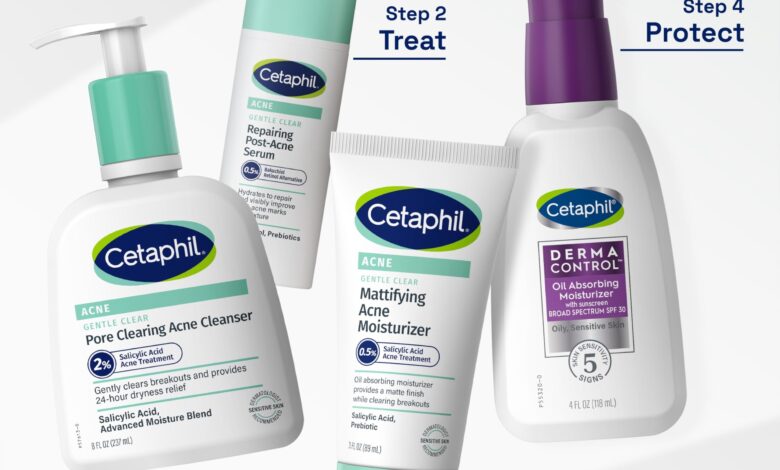
How Cetaphil Became a Global Skincare Staple: A Story of Trust, Simplicity, and Strategic Growth. In an industry often dominated by trends, bold claims, and celebrity-backed launches, Cetaphil carved out a different path. Quietly but steadily, it built a loyal following based on trust, science, and simplicity. Today, Cetaphil is one of the most recognized skincare brands worldwide, recommended by dermatologists and beloved by millions. But its rise wasn’t overnight. It was a journey of authenticity, resilience, and strategic decision-making that transformed a niche pharmaceutical product into a household name.
Humble Beginnings: A Product of Necessity
Cetaphil’s story began in 1947, when a pharmacist in Texas developed the original Cetaphil Cleansing Lotion (now known as Cetaphil Gentle Skin Cleanser) for dermatologists and patients with sensitive skin. At the time, most cleansers were harsh and drying. This new formulation, designed to be gentle and non-irritating, filled a crucial gap.
Early on, Cetaphil was distributed primarily through doctors’ offices and pharmacies—a strategy that helped it build credibility within the medical community. Dermatologists became some of its most vocal advocates, not because of flashy marketing but because it worked.
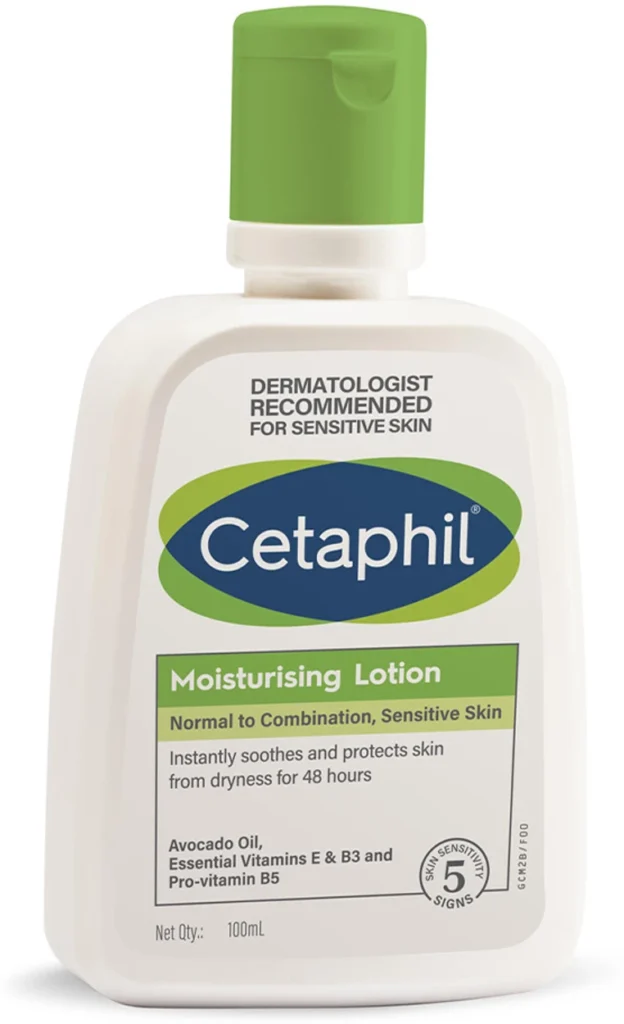
Key Insight: Build Trust First
One of Cetaphil’s earliest strategic wins was choosing to grow through professional endorsement rather than mass advertising. This approach gave the brand a foundation of trust that many newer brands struggle to achieve. For aspiring entrepreneurs, this underscores the value of product efficacy and organic word-of-mouth as powerful marketing tools.
1999: A Pivotal Acquisition and Global Expansion
A major turning point came in 1981 when Cetaphil was acquired by Galderma, a skincare-focused pharmaceutical company. Galderma, a joint venture between L’Oréal and Nestlé at the time (later becoming fully owned by Nestlé, and now privately held), brought with it the resources and expertise to take Cetaphil global.
Under Galderma’s stewardship, Cetaphil expanded beyond the U.S. into markets in Europe, Asia, and Latin America. It didn’t change the core formula or messaging; instead, it emphasized consistency and science-backed skincare. In doing so, it maintained authenticity even while scaling.
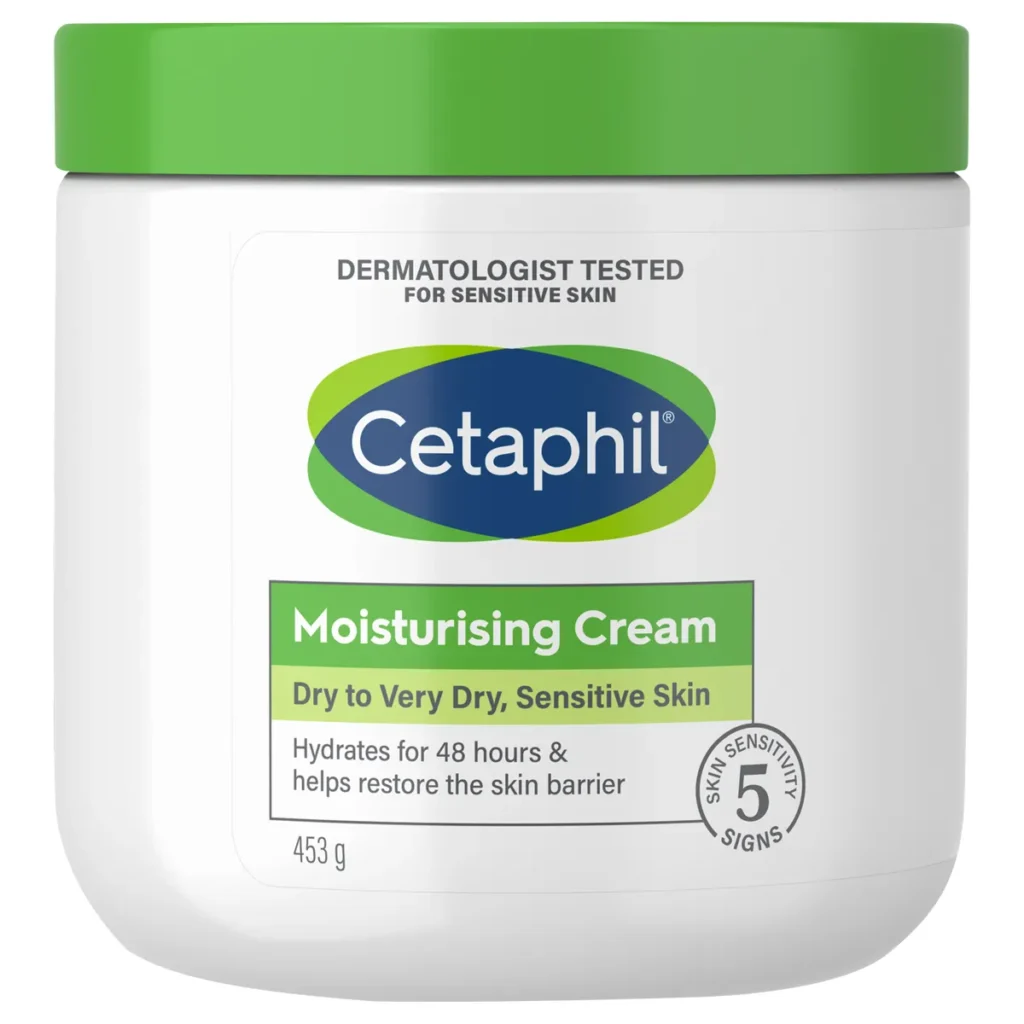
Lesson: Stay True While You Scale
Growth often tempts companies to pivot toward trends or dilute their original message. Cetaphil resisted that. It scaled by reinforcing its original strengths—gentleness, dermatologist recommendation, and suitability for all skin types. For founders, this is a reminder: success doesn’t always come from reinvention. Sometimes, it comes from staying true to what works.
Strategic Marketing: Quiet but Impactful
While Cetaphil initially avoided traditional advertising, it gradually embraced consumer marketing in the 2000s—but with a strategic twist. Campaigns focused on education, dermatological credibility, and testimonials from real users. Rather than promise miracles, Cetaphil positioned itself as a reliable, science-based solution.
In the age of social media, Cetaphil didn’t chase influencer culture aggressively. Instead, it partnered with skin experts and dermatologists on platforms like YouTube and Instagram, reinforcing its clinical credibility. It also capitalized on user-generated content, encouraging real stories from people with sensitive skin.
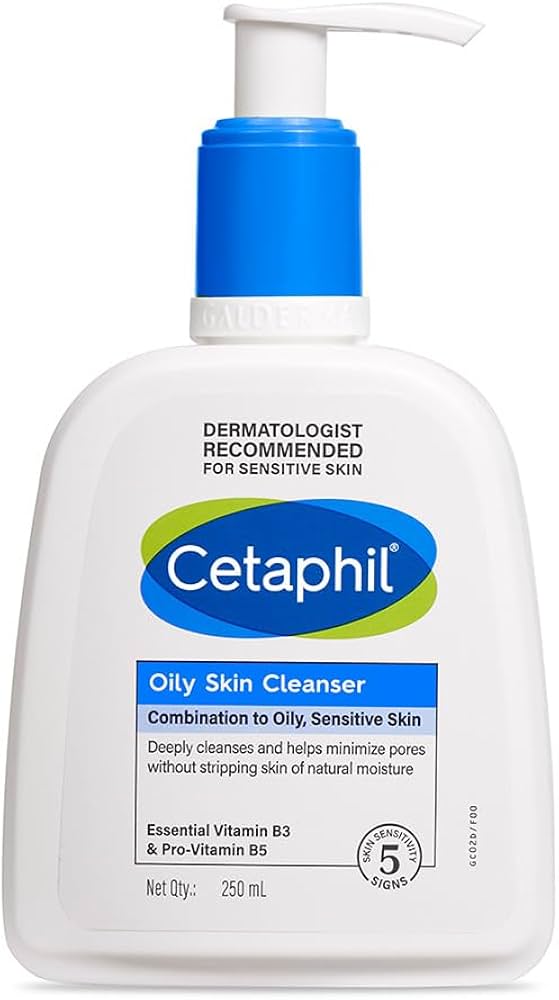
Innovation Rooted in Purpose
While the original Gentle Skin Cleanser remains Cetaphil’s flagship, the brand has expanded its product line to include moisturizers, sunscreens, baby care, and targeted solutions for conditions like eczema and acne. These additions weren’t driven by trend-chasing but by customer needs and dermatological research.
In 2021, Cetaphil reformulated its five best-selling products to include skin-essential vitamins like B3 (niacinamide), B5 (panthenol), and hydrating glycerin. This move reflected an evolving understanding of skin science without abandoning its gentle philosophy.
Challenges: Competing in a Crowded Market
Despite its strengths, Cetaphil has had to navigate growing competition from both clinical and indie skincare brands. Products like CeraVe and La Roche-Posay have vied for similar shelf space and target markets. Cetaphil responded not with gimmicks, but by reinforcing its dermatologist partnerships and investing in clinical studies to back up its claims.
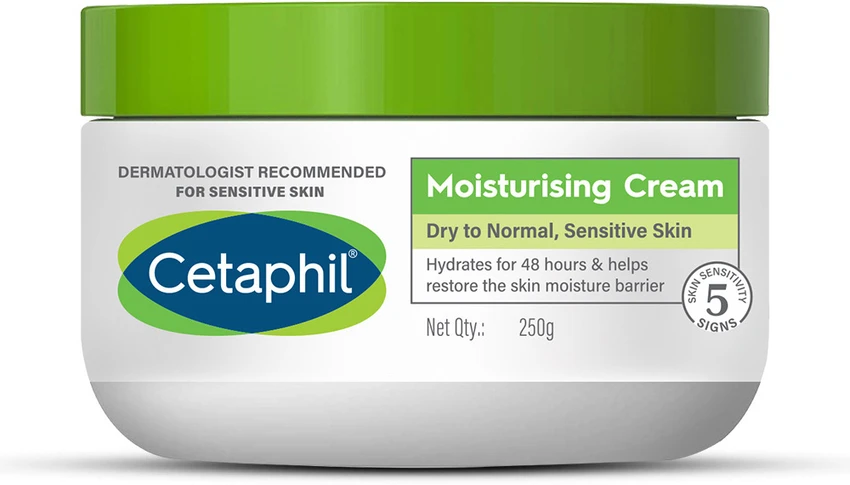
Real-World Takeaways for Entrepreneurs
- Start with Purpose: Cetaphil wasn’t created to ride a trend—it solved a real, unmet need. Startups that focus on genuine problems often create more lasting value.
- Build Credibility First: By winning over professionals and experts early on, Cetaphil created a foundation that marketing alone couldn’t replicate.
- Stay Consistent, Then Expand: Cetaphil waited until its brand was well-established before broadening its product line.
- Don’t Ignore Evolution: Even with a strong legacy, Cetaphil adapted its formulas and messaging to reflect new scientific insights and consumer preferences.
Conclusion: The Power of Staying the Course
Cetaphil’s success isn’t the result of viral campaigns or celebrity hype. It grew through patience, purpose, and an unwavering commitment to gentle, effective skincare. For entrepreneurs, its journey is a powerful example that sometimes, the most impactful brands are the ones that don’t shout the loudest—they simply deliver, again and again.




